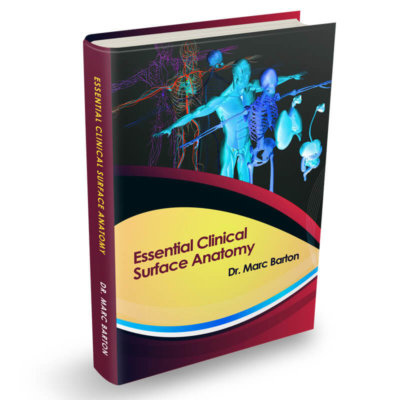Ethylene glycol, a component commonly found in antifreeze, presents a serious toxicological emergency. Though it initially acts like ethanol, its metabolism leads to highly toxic acid by-products, resulting in multiorgan damage if not recognised and treated early.
What Is Ethylene Glycol?
Ethylene glycol is a colourless, odourless, sweet-tasting liquid found in antifreeze, de-icing solutions, and various industrial products. Poisoning typically results from accidental ingestion, intentional self-harm, or (rarely) misuse for inebriation.
While ethylene glycol itself is relatively non-toxic, it is rapidly metabolised in the liver by alcohol dehydrogenase to glycolic acid and oxalic acid. These metabolites are responsible for severe metabolic acidosis, renal failure, and other toxic effects.
Clinical Presentation
Ethylene glycol poisoning progresses through three stages:
Stage 1: Neurological (30 minutes – 12 hours)
- Appears intoxicated (without alcohol odour)
- Nausea, vomiting, haematemesis
- CNS depression, ataxia, seizures
- Ophthalmoplegia, papilloedema
- Coma and metabolic acidosis may develop
Stage 2: Cardiopulmonary (12 – 24 hours)
- Tachypnoea, tachycardia, hypertension
- Pulmonary oedema
- Congestive heart failure
Stage 3: Renal (24 – 72 hours)
- Flank pain, renal angle tenderness
- Acute tubular necrosis
- Hypocalcaemia due to calcium oxalate crystal formation
- Hyperkalaemia, hypomagnesaemia
Investigations
Key tests include:
- ABG: High anion gap metabolic acidosis due to glycolic acid
- U&Es: Monitor for AKI, electrolyte disturbances (especially ↓Ca²⁺, ↑K⁺)
- Serum osmolality: Raised osmolar gap (>10 mOsm/kg) early on; as metabolism progresses, osmolar gap falls while acidosis worsens
- Serum ethylene glycol: Confirms diagnosis but not useful acutely due to delays
- Urinalysis: Look for calcium oxalate crystals (envelope or needle-shaped)
- Imaging: Consider CT head if cerebral oedema is suspected
Management
Initial Steps
- Immediate ABCDE assessment and supportive care
- Involve a toxicologist early (NPIS or local poisons centre)
- Secure airway, correct acidosis, monitor electrolytes
Antidotes
Both fomepizole and ethanol inhibit alcohol dehydrogenase, preventing formation of toxic metabolites.
Fomepizole (preferred first-line)
- Loading dose: 15 mg/kg IV over 30 mins
- Maintenance: 10 mg/kg IV every 12 hours for 4 doses
- Increase dose to 15 mg/kg every 12 hours after 48 hours (due to autoinduction of metabolism)
Ethanol (alternative if fomepizole unavailable)
- Competitive substrate for alcohol dehydrogenase
- Loading dose: 7.5 mL/kg of 10% ethanol solution IV
- Maintenance: 1–2 mL/kg/hour, titrated to keep serum ethanol 100–150 mg/dL
Note: Ethanol therapy requires intensive monitoring (e.g. glucose, CNS status, serum levels).
Indications for Haemodialysis
Urgent renal replacement therapy is indicated in:
- Ethylene glycol > 500 mg/L (8 mmol/L)
- Severe acidosis (pH < 7.3)
- Renal failure
- Electrolyte disturbances (e.g. severe hyperkalaemia)
- Refractory or worsening clinical status
- To speed elimination in large ingestions
Summary
Ethylene glycol poisoning is a medical emergency requiring high suspicion, prompt antidotal therapy, and supportive care. Early intervention with fomepizole or ethanol, combined with dialysis in severe cases, can significantly reduce morbidity and mortality.
Header image used on licence from Shutterstock
Thank you to the joint editorial team of www.mrcemexamprep.net for this article.







Phew!!!. Great job.